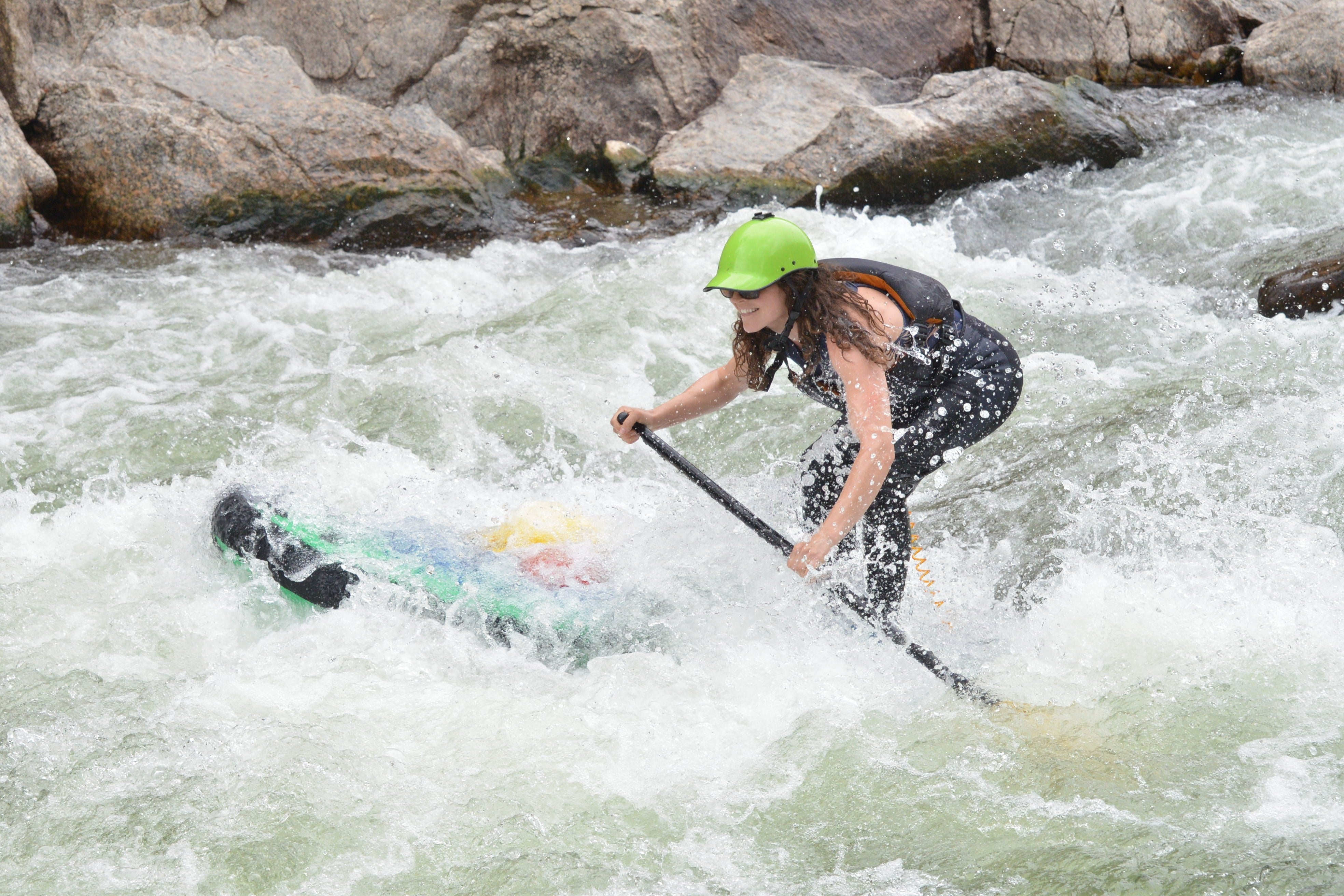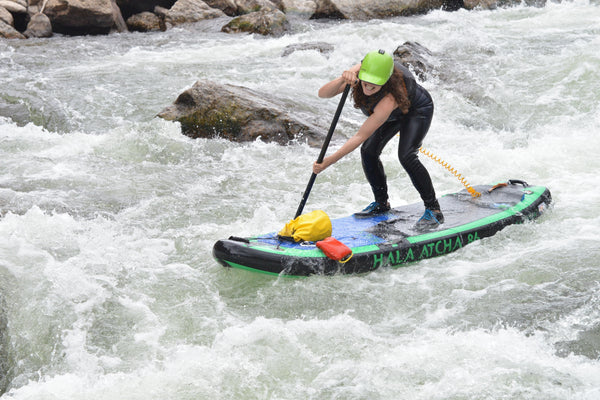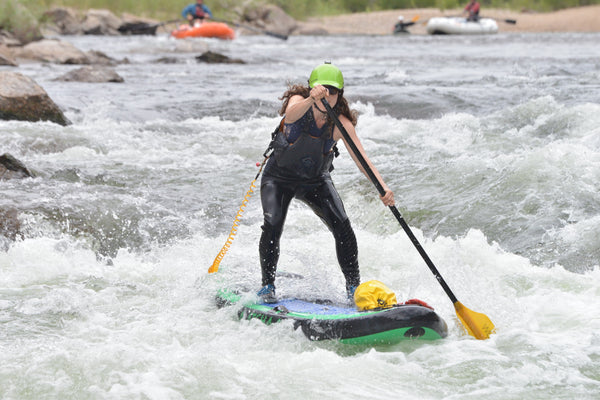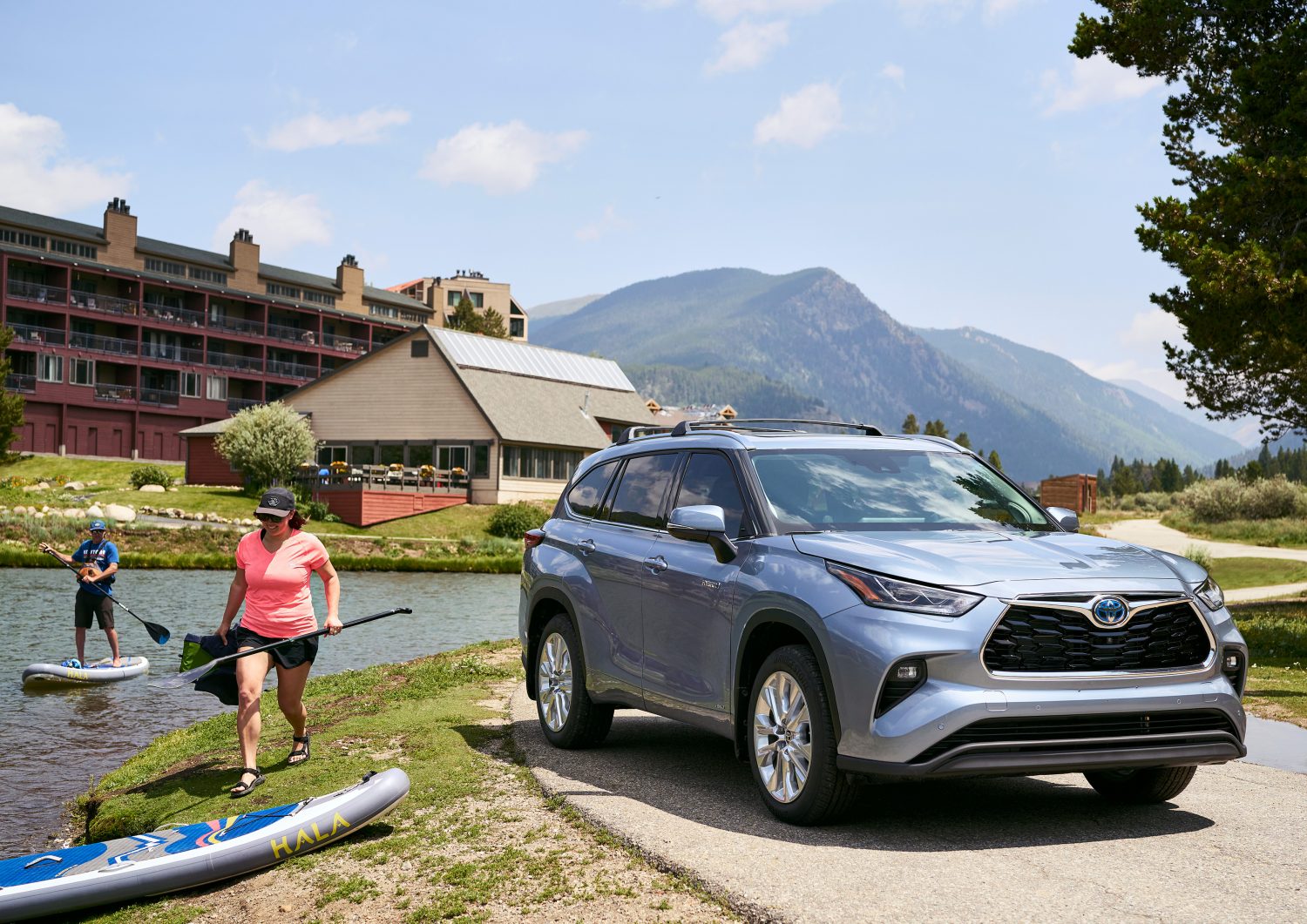
5 Safety Tips for Whitewater SUP
Spring is in full force. We are checking the river gauges like it’s our job (it kind of is). Before you strap up and head out to the put-in, here are some basic suggestions to keep you out of danger while paddling.
- Buy high-quality safety equipment, and use it.
- Falling off is a part of stand up paddleboarding!
- Don’t go out there empty-handed.
- Know your water.
- Choose your partners carefully.

Buy high-quality safety equipment, and use it.
The bare minimum: helmet, PFD (personal flotation device), shoes, and a releasable leash. Get a helmet rated for whitewater use, a coast-guard approved PFD, shoes that will stay on your feet, and a releasable leash that attaches to your torso. Do not attach the leash to your leg. While you want to keep your board close to you in moving water, the leash must be releasable in case the river’s powerful currents bring your board somewhere you don’t want to be
Falling off is a part of stand up paddleboarding!
Learn to fall properly. If you know you are going to lose your balance, try to fall onto one or both knees. If heading into the water is inevitable, do not fall straight in, feet first. Spread out and stay as shallow as possible. If your board gets away from you, use your leash to pop it back in your direction and climb aboard
Don’t go out there empty-handed.
Bring water, food, first aid, throw rope, repair kit, clothing, and a way to navigate unfamiliar waters such as a smartphone or map and compass. A small injury or equipment problem can turn a quick trip into a very long day, so make sure you can stay hydrated and have enough calories to paddle downstream or back to shore.
Know your water.
On the river, though it is impossible to know everything it may throw your way, find out what hazards exist at high water (recirculating holes and strainers), versus low water (exposed rocks and shallow conditions). Pay attention and always be reading downriver. Stay alert! If you and your party are running a river “blind,” look at a map first and don’t be shy about scouting unfamiliar rapids.
Choose your partners carefully.
You want to go out onto the water with someone who is fun, but also responsible enough to wear the proper safety equipment and have your back. If you are a beginner, try and link up with an experienced paddler. If you are an experienced paddler, impart some knowledge and go easy on the bootie beers.

Post written by Ashley Bean. Originally posted April 10, 2018..



Leave a comment
This site is protected by hCaptcha and the hCaptcha Privacy Policy and Terms of Service apply.